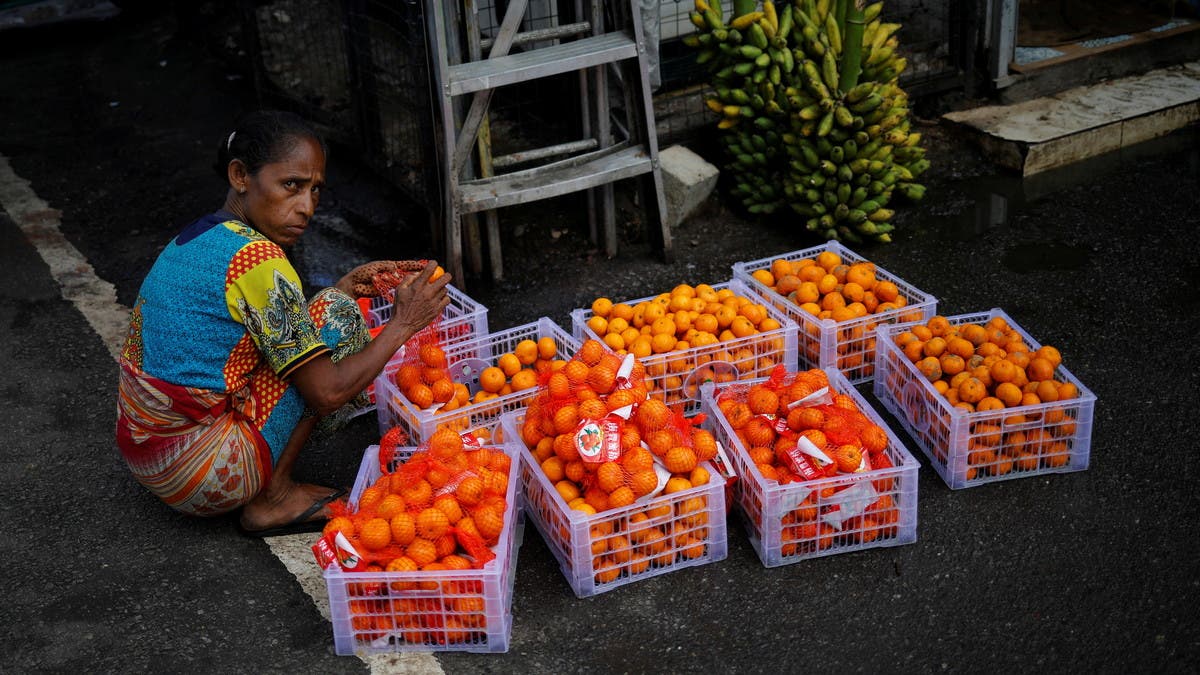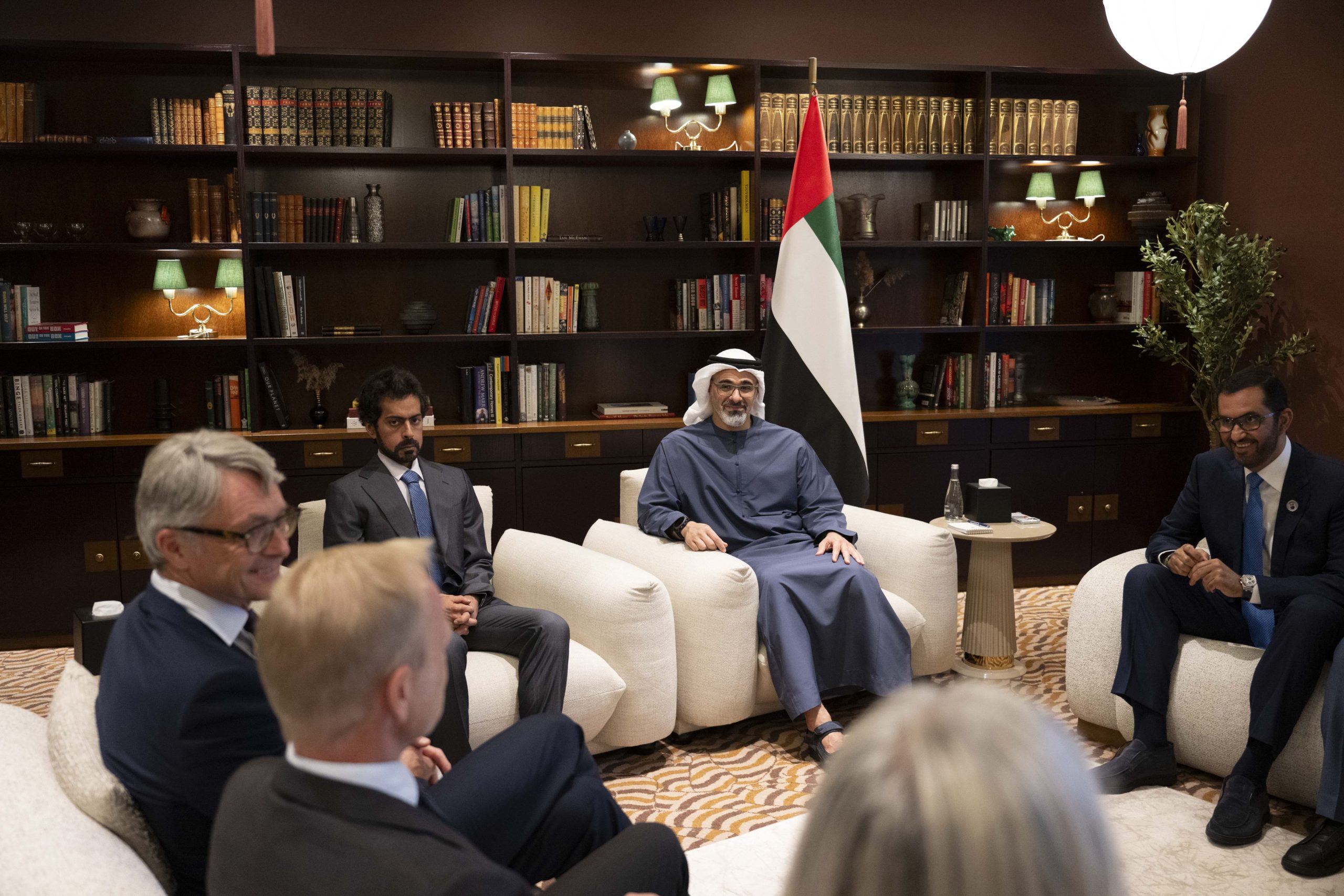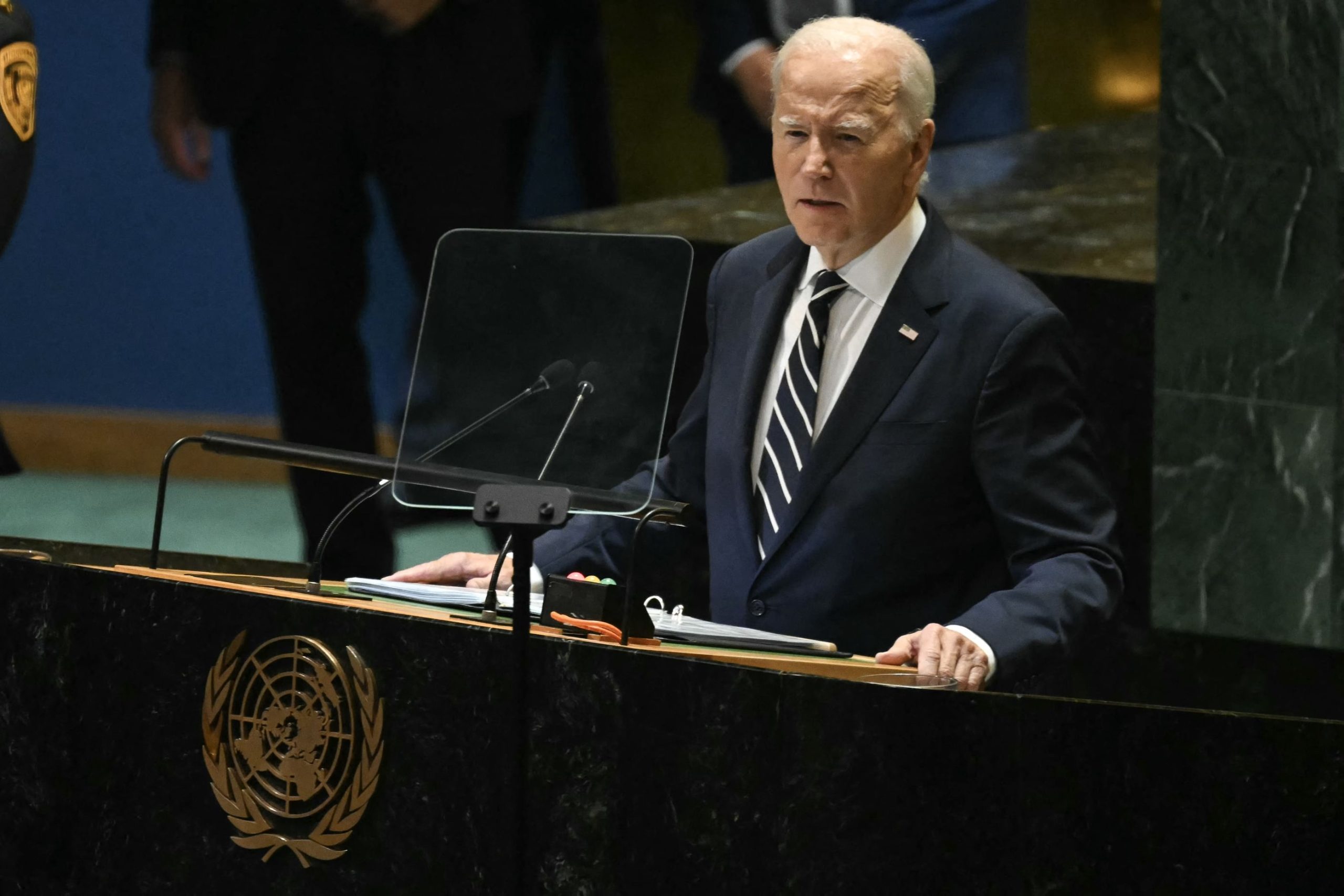Sri Lanka’s prime minister has warned of a food shortage as the island nation battles a devastating economic crisis and vowed the government will buy enough fertilizer for the next planting season to boost productivity.
A decision in April last year by President Gotabaya Rajapaksa to ban all chemical fertilizers drastically cut yields and although the government has reversed the ban, no substantial imports have yet taken place.
For all the latest headlines follow our Google News channel online or via the app.
“While there may not be time to obtain fertilizer for this Yala (May-August) season, steps are being taken to ensure adequate stocks for the Maha (September-March) season,” Prime Minister Ranil Wickremesinghe said in a message on Twitter late on Thursday.
“I sincerely urge everyone to accept the gravity of the … situation.”
Sri Lanka is facing a dire shortage of foreign exchange, fuel and medicines, and economic activity has slowed to a crawl.
“There is no point in talking about how hard life is,” said A.P.D. Sumanavathi, a 60-year-old woman selling fruit and vegetables in the Pettah market in Colombo, the commercial capital, on Friday. “I can’t predict how things will be in two months, at this rate we might not even be here.”
Nearby, a long queue had formed in front of a shop selling cooking gas cylinders, the prices of which have soared.
“Only about 200 cylinders were delivered, even though there were about 500 people,” said Mohammad Shazly, a part-time chauffeur who said he was standing in the line for the third day to be able to cook food for family of five.
“Without gas, without kerosene oil, we can’t do anything,” he said. “Last option what? Without food we are going to die. That will happen hundred percent.”
The central bank governor said on Thursday foreign exchange had been secured from a World Bank loan and remittances to pay for fuel and cooking gas shipments, but supplies are still to flow through.
Inflation could rise further to a staggering 40 percent in the next couple of months but it was being driven largely by supply-side pressures and measures by the bank and government were already reining in demand-side inflation, the governor added.
Inflation hit 29.8 percent in April with food prices up 46.6 percent year-on-year.
As anger against the government spread, police fired tear gas and water canon to push back hundreds of student protesters in Colombo on Thursday. The protesters are demanding the ouster of the president as well as the prime minister.
Sri Lanka’s economic crisis has come from the confluence of the COVID-19 pandemic battering the tourism-reliant economy, rising oil prices and populist tax cuts by the government of President Rajapaksa and his brother, Mahinda, who resigned as prime minister last week.
Wickremesinghe, appointed prime minister in his place, is accused of a being a stooge of the brothers.
Other factors have included heavily subsidized domestic prices of fuel and a decision to ban the import of chemical fertilizers, which devastated the agriculture sector.
The Group of Seven economic powers supports efforts to provide debt relief for Sri Lanka, G7 finance chiefs said on Thursday in a draft communique from a meeting in Germany after the country defaulted on its sovereign debt.
P. Nandalal Weerasinghe, the central bank chief, has said plans for a debt restructuring were almost finalized and he would be submitting a proposal to the cabinet soon.
“We are in pre-emptive default,” he said. “Our position is very clear, until there is a debt restructure, we cannot repay.”
A spokesperson for the International Monetary Fund said the fund was monitoring developments very closely and that a virtual mission to Sri Lanka was expected to conclude technical talks on a potential loan program to country on May 24.
Read more:
China becomes wild card in Sri Lanka’s debt crisis
Sri Lanka to repay debts after six months: Governor
Sri Lanka’s impending default hints at trouble ahead for developing nations

 World3 years ago
World3 years ago
 World3 years ago
World3 years ago
 Business1 year ago
Business1 year ago
 Entertainment7 years ago
Entertainment7 years ago
 World7 years ago
World7 years ago
 Entertainment7 years ago
Entertainment7 years ago






